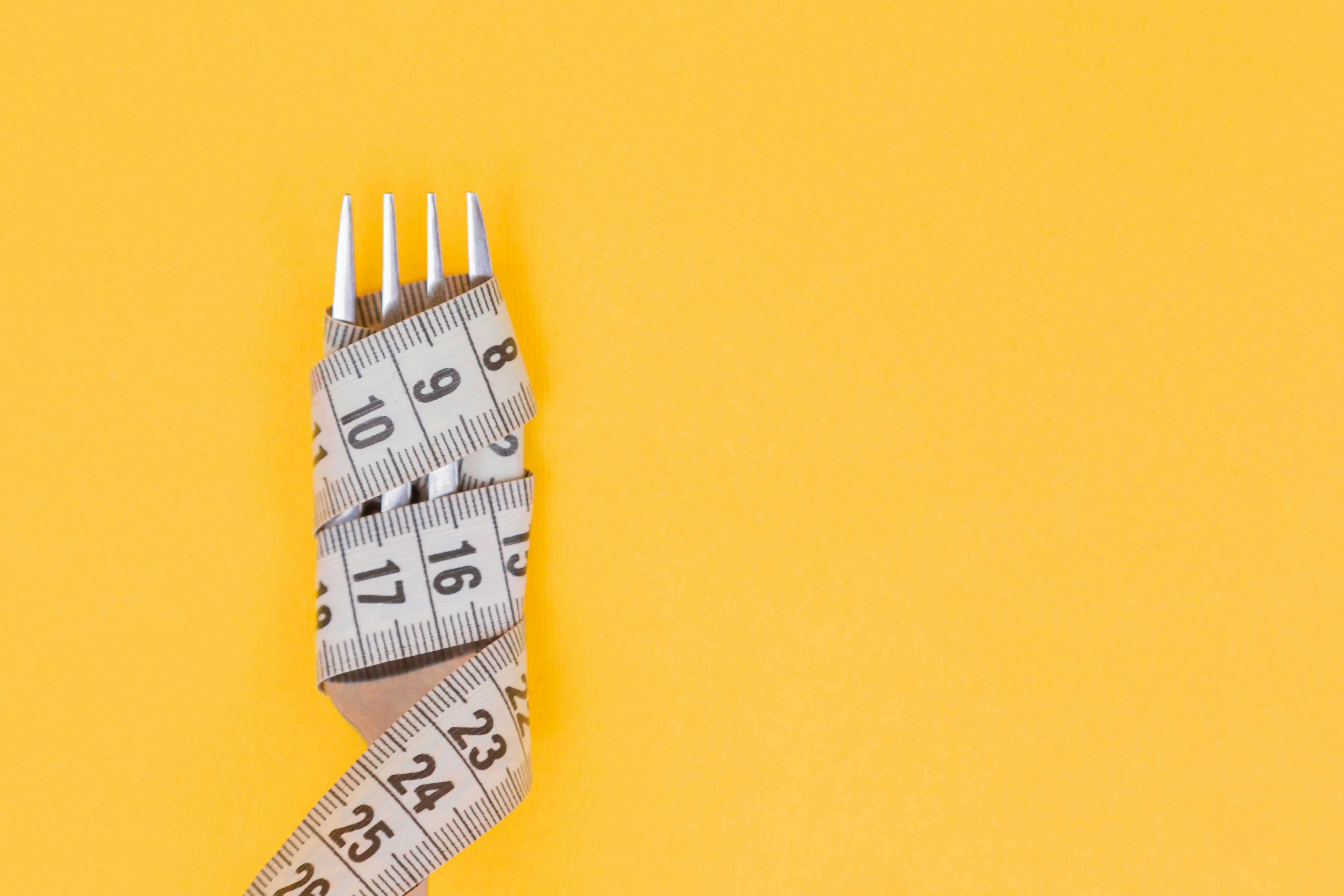Contour Your Body: A Guide to Fat Removal Options Today
Explore modern fat removal solutions for effective body contouring. From surgical liposuction to non-invasive methods like CoolSculpting, laser lipolysis, and ultrasound-assisted techniques, learn how each option works, typical results, recovery expectations, and estimated costs. This guide helps you compare procedures, understand risks, and decide which approach may suit your goals.

Fat reduction procedures are increasingly popular for people aiming to refine their silhouette when diet and exercise are not enough. Advances in both surgical and non-surgical technologies now offer multiple paths to reduce stubborn pockets of fat. Below is an overview of the main techniques, how they operate, what to weigh before choosing one, expected results, and typical costs.
Common fat removal methods
-
CoolSculpting (cryolipolysis): A non-surgical treatment that uses targeted cooling to freeze and destroy fat cells. It is best suited to smaller, localized areas and usually involves no downtime, allowing patients to resume normal activities immediately after a session.
-
Liposuction: A surgical approach in which fat is physically removed. During the procedure, tiny incisions are made and a thin tube called a cannula suctions fat from the treated area, enabling precise body contouring.
-
Laser lipolysis: This technique applies laser energy to heat and liquefy fat cells. The liquefied fat can then be suctioned away or gradually eliminated by the body. It is often less invasive than traditional liposuction and may reduce bruising and swelling.
-
Ultrasound-assisted liposuction: Ultrasonic waves are used to break down fat cells, making extraction easier. This method can be useful for fibrous areas and may aid in more efficient removal during a surgical procedure.
How these procedures work
Liposuction removes fat at the source by mechanically extracting fat cells through suction, producing immediate volume reduction once postoperative swelling diminishes. CoolSculpting works through cryolipolysis: applied cooling causes fat cells to crystallize and die, and the body gradually clears those cells over weeks to months. Laser lipolysis heats fat cells, causing them to break down; depending on the approach, the debris is either removed during the procedure or absorbed and excreted by the body over time.
Key considerations before deciding
Realistic expectations are essential. These procedures are not weight-loss solutions but contouring tools best suited to candidates who are close to their ideal weight yet have localized fat deposits that resist lifestyle measures. Evaluate risks and side effects: non-invasive treatments typically have fewer complications, while surgical options like liposuction carry higher risk for infection, contour irregularities, scarring, and changes in skin sensation. Recovery time also differs greatly: non-surgical treatments usually require little to no downtime, whereas surgical procedures may need days to weeks of rest and limited activity.
Effectiveness and timeline
Liposuction generally delivers the most pronounced and immediate change in treated areas once healing progresses. Non-surgical approaches like CoolSculpting produce more gradual improvements, with results appearing over several weeks to a few months as the body removes treated fat cells. Non-invasive methods commonly reduce fat in the treated area by about 20 to 25 percent per session, and multiple treatments may be necessary to reach desired outcomes. Remember that removing fat cells does not prevent future weight gain; long-term maintenance depends on a healthy diet and regular exercise.
Costs and typical price ranges
Costs vary based on procedure type, provider experience, geographic location, and how many areas are treated. Listed below are common estimates:
- Liposuction (plastic surgeon): $3,000 - $10,000 per area
- CoolSculpting (med spa or dermatologist): $600 - $1,500 per session
- Laser lipolysis (cosmetic surgeon): $2,500 - $5,000 per area
- Ultrasound-assisted liposuction (plastic surgeon): $4,000 - $12,000 per area
These figures are estimates and may change over time. Most cosmetic fat removal procedures are considered elective and are not covered by health insurance. Many clinics offer financing plans to help spread the cost.
Making an informed choice
Selecting the right method requires weighing desired results, tolerance for downtime, risk tolerance, and budget. Consult a board-certified plastic surgeon or dermatologist to evaluate your body composition, discuss realistic outcomes, and develop a personalized plan. A qualified practitioner will explain benefits and limitations, review potential side effects, and recommend the procedure or combination of treatments that best matches your goals.
This overview is intended for informational use only and does not replace medical advice. For personalized recommendations and treatment decisions, speak with a licensed healthcare professional.






